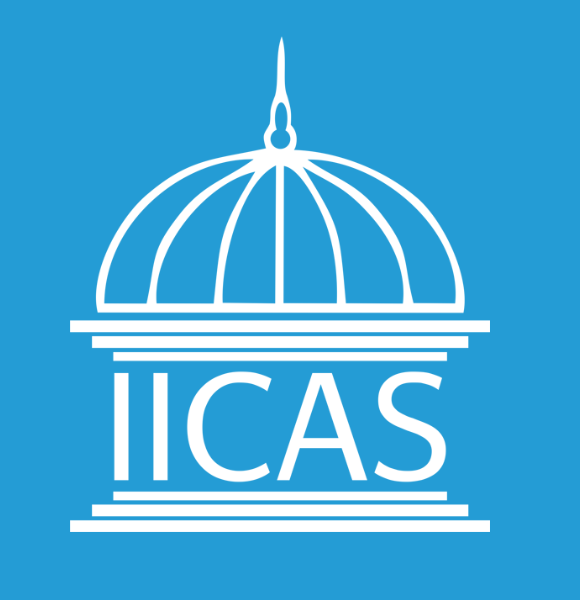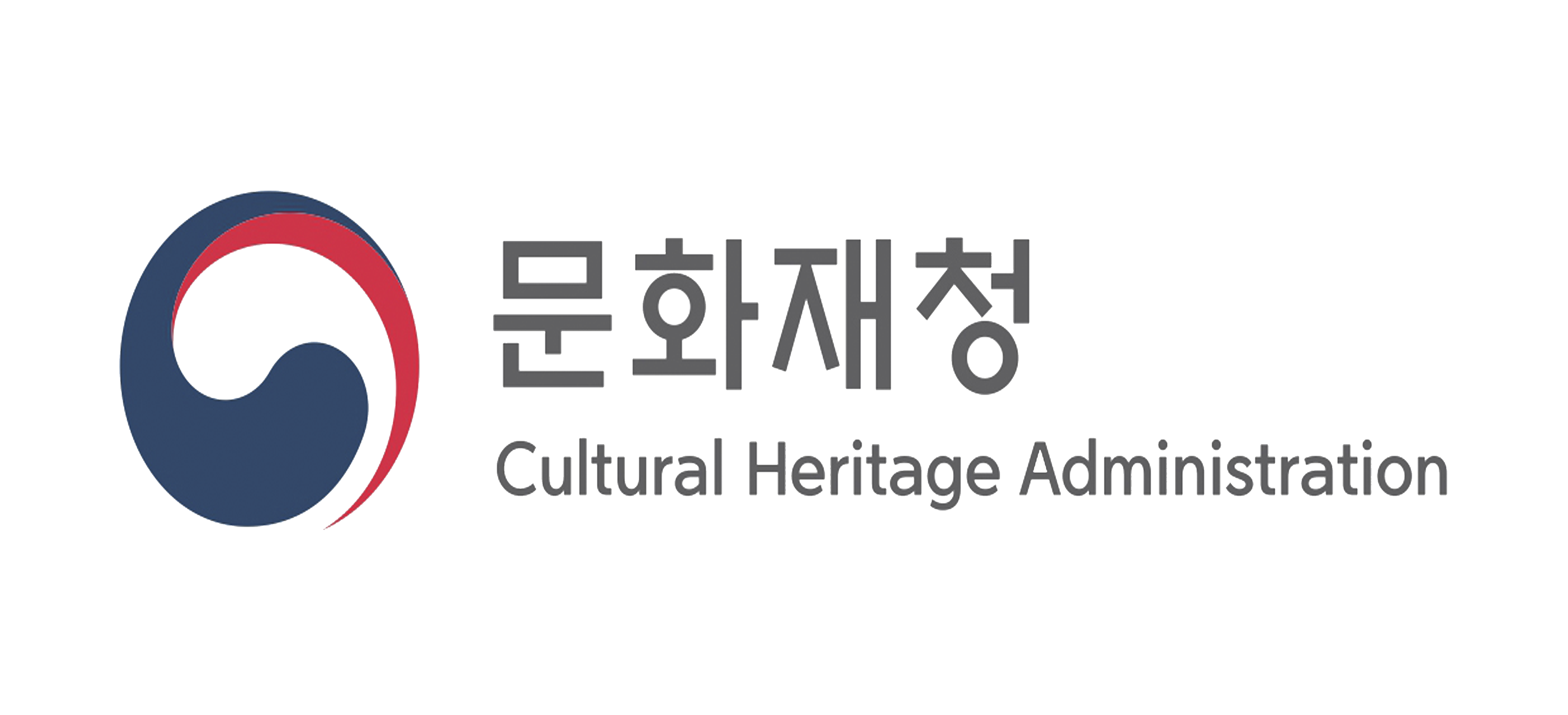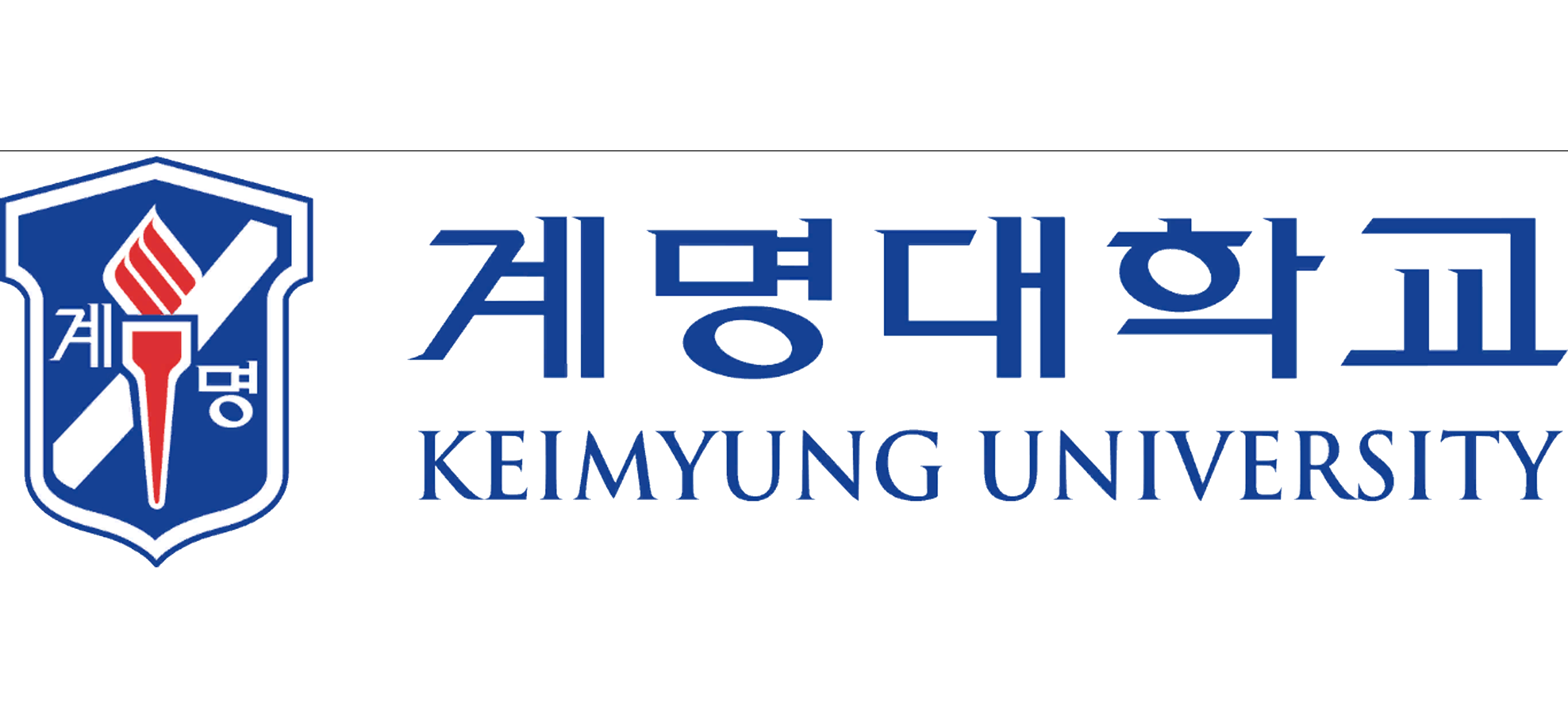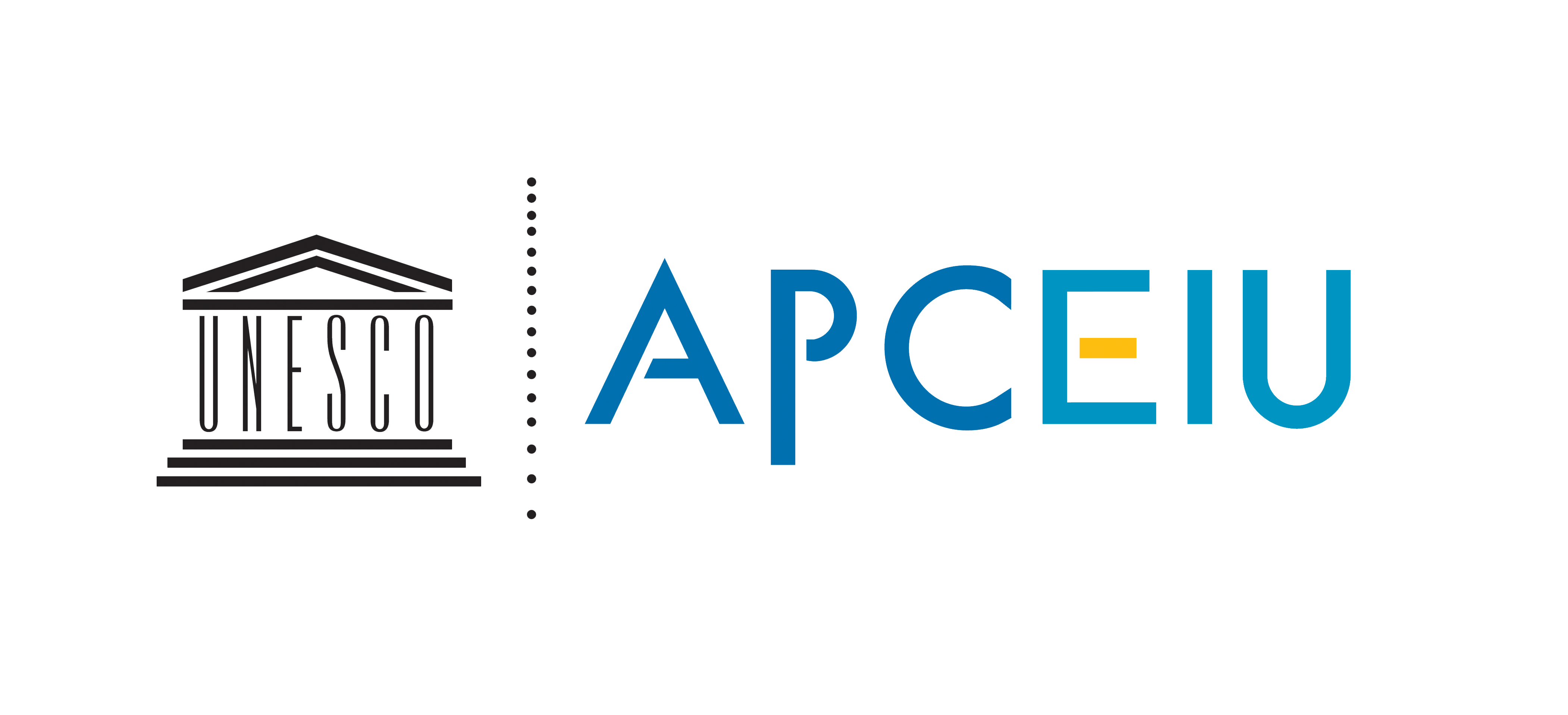Ferdowsi University of Mashhad
The first proposal for launching the Ferdowsi University of Mashhad was announced concurrently with the establishment of Tehran University in 1934. However, the first step was converting the Higher Institute of Public Health to a Medical Faculty in 1949. Shortly after, the Medical Faculty admitted its first group of medical students, and in December 1949 this institute was officially inaugurated as the first Center for Medical Sciences in the North East of Iran by the Minister of Culture, the late Dr. Zanganeh. Finally in 1956 after the foundation of the facultys of Literature and Theology, the complex was named "Mashhad University". Later on in 1957, the rules and regulations for employment and education of Tehran University were adopted for use in this new university.
Since then other faculties have been gradually added to the university based on the local demand. These are the Faculty of Science (1961), the Faculty of Education, the Faculty of Agriculture (1973), the Faculty of Engineering (1975), the Faculty of Economics and Administrative Sciences (1987), the Faculty of Veterinary Medicine (1991), the Faculty of Mathematics (1996), the Faculty of Architecture, the Faculty of Urbanism and Islamic Arts, and the Faculty of Natural Resources and Environment (2001). In 1975 after the separation of the facultys related to the Medical Sciences from the university, the name of the university was changed from "Mashhad University” to "The Ferdowsi University of Mashhad".
The Ferdowsi University of Mashhad has now nearly seven decades of brilliant educational, research and cultural history and it is well known among institutes of higher education in Iran. It is currently one of the nation’s top three universities and also the largest center of higher education in the North East of Iran.
At present, the Ferdowsi University of Mashhad is composed of 12 facultys, 38 research centers, 7 centers of excellence, 820 faculty members (%50 of whom are professors or associate professors), over 20000 students (9996 undergraduate, 6143 Masters, and 3905 Ph.D. students), and 1050 staff members.
Currently, 1279 foreign students are enrolled in different academic programs at the Ferdowsi University of Mashhad. In addition, there are also 187 foreign students who are passing their six-month training courses in language at the International Center for Teaching Persian to Non-Persian Speakers. These students would begin their academic education after they pass this six-month course of study.








